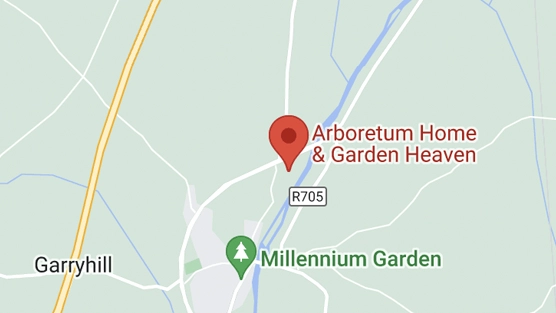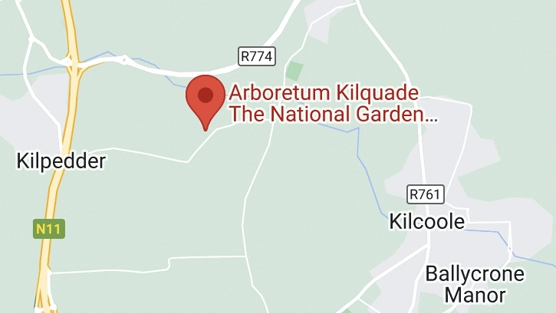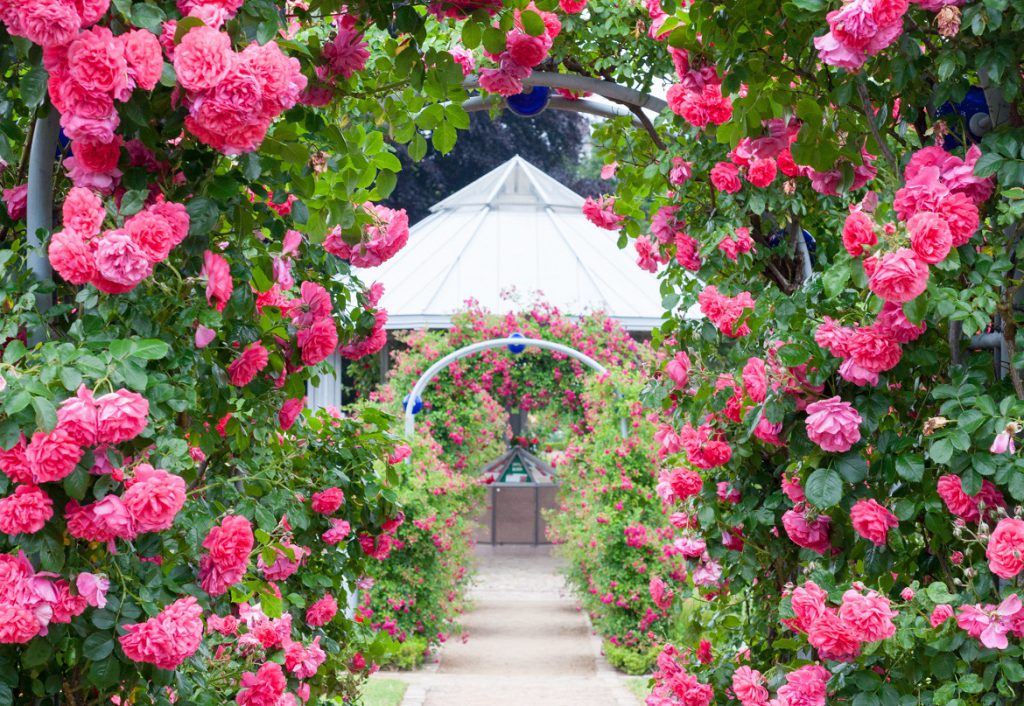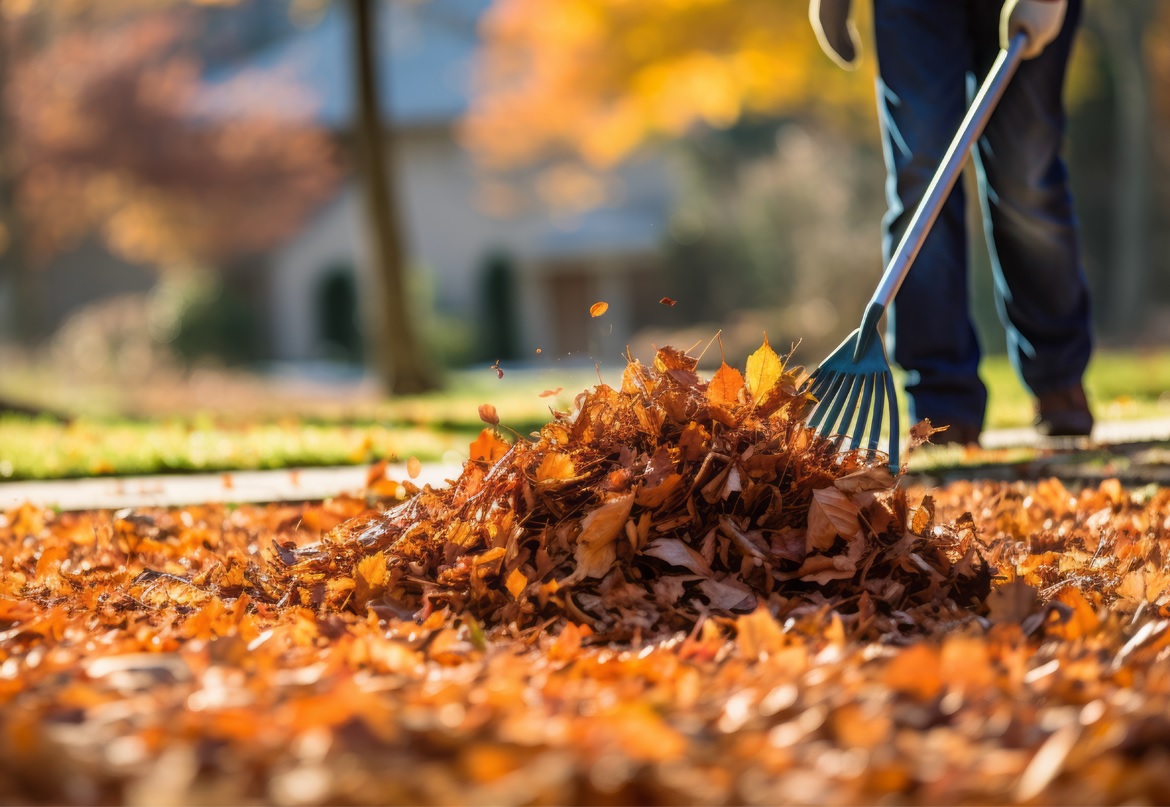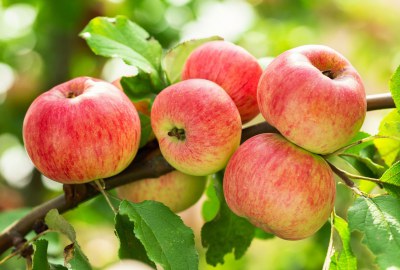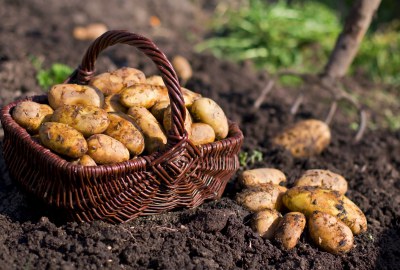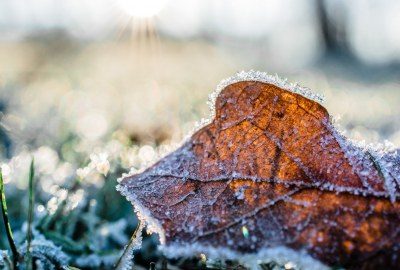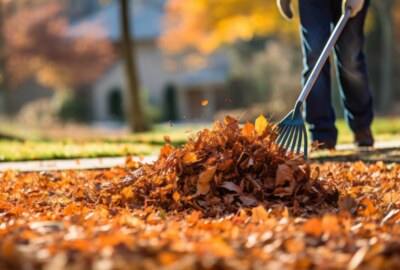Gardening
Top 5 Tips for Ravishing Roses
The rose remains by far the most popular garden flower today, highly valued for colour and scent. Traditionally when you visited a friend or neighbour’s garden, you would admire their roses growing in formal borders or climbing over garden arches. But is that changing? Is the rose becoming an endangered species in Ireland?
As our summers become wetter, people are starting to see roses as plants that require a lot of hard work. While it’s fair to say that if you are a no-maintenance gardener then roses are probably not for you, if you’re willing to prune a little and feed them in the spring, your roses will reward you generously with abundant, fragrant flowers.
 Let’s start off with what roses need to flourish; that’s simple – moisture and sun. You will quickly realise why roses are flowering profusely all over the country this summer. No matter what garden I look into, I see roses simply smothered in blossoms and the reason is they’ve had their two vital ingredients, moisture and sun, in ample supply.
Let’s start off with what roses need to flourish; that’s simple – moisture and sun. You will quickly realise why roses are flowering profusely all over the country this summer. No matter what garden I look into, I see roses simply smothered in blossoms and the reason is they’ve had their two vital ingredients, moisture and sun, in ample supply.
Since roses need sun, they should be in a sunny spot in the garden. As for water, while they like it, they don’t like sitting in water. They like well-drained soil and may not survive winter if the soil is too wet. Be especially vigilant if your rose is in a container – don’t let it get too wet or dry.
My top five tips for ravishing roses
- Watering: When watering roses, don’t sprinkle them as this won’t reach the roots and may encourage fungus. In dry weather make sure to soak the roots twice a week. Above all, make sure drainage is good wherever they are.
- Deadheading: When deadheading them, don’t just pull the dead roses off, but cut down the flower stems by a third to help stimulate new buds.
- Feeding: During the growing season, feed roses every two weeks with tomato feed. You can apply this as a foliar feed – spray it on the leaves. Ensure you apply it in the early morning to prevent scorching. You will be amazed by the difference!
- Spraying: Keep an eye out for greenfly (aphids) and only spray when you see them so that the pests don’t build up resistance to the spray. Garlic actually makes an effective environmentally friendly insecticide. I’ve included a recipe for garlic spray below. You may need to spray them for black spot.
- Pruning: I always prune roses back by a third in October so as to prevent them from being rocked by winter winds. Prune them again before Paddy’s Day (March 17th) and just before they come into leaf.
I hope that helps you keep your roses flourishing and blooming for many years to come.
Garlic Gardening Spray
Use this simple garlic repellent to deter garden pests like aphids and slugs. It can also help eliminate powdery mildew on foliage.
 Peel the cloves from a whole head of garlic and put in a food processor or blender with 235 ml of water. Purée the mixture (this takes about a minute in a regular food processor). Alternatively, chop or crush the cloves as finely as you can by hand and mix well with the water.
Peel the cloves from a whole head of garlic and put in a food processor or blender with 235 ml of water. Purée the mixture (this takes about a minute in a regular food processor). Alternatively, chop or crush the cloves as finely as you can by hand and mix well with the water.- Add a further 700 ml of water to the mix, along with 30 ml of any liquid soap. Blend again and then transfer to a clean jar.
- Leave the mixture to steep overnight, or for at least 12 hours, so that the garlic can infuse the liquid with its potent sulphur compounds.
- Once the mixture has had time to steep, strain it through a muslin cloth or fine mesh strainer to remove the solid garlic pieces (which would otherwise clog the nozzle on your spray bottle).
- Pour the garlic-infused liquid into a reusable spray bottle and store in the fridge between uses.
- Spritz plants in the evening, holding the spray about 15-30 cm away from the foliage, and cover both sides of the leaves with an even coating of the garlic pesticide spray. Reapply every few days (and after any rainfall) when your plants are suffering with an infestation, or once a week as a deterrent.
Recipe source: From The Garlic Farm, Isle of Wight.
Author: Eamonn Wall (Arboretum Head of Horticulture)

